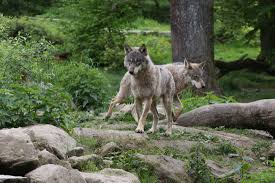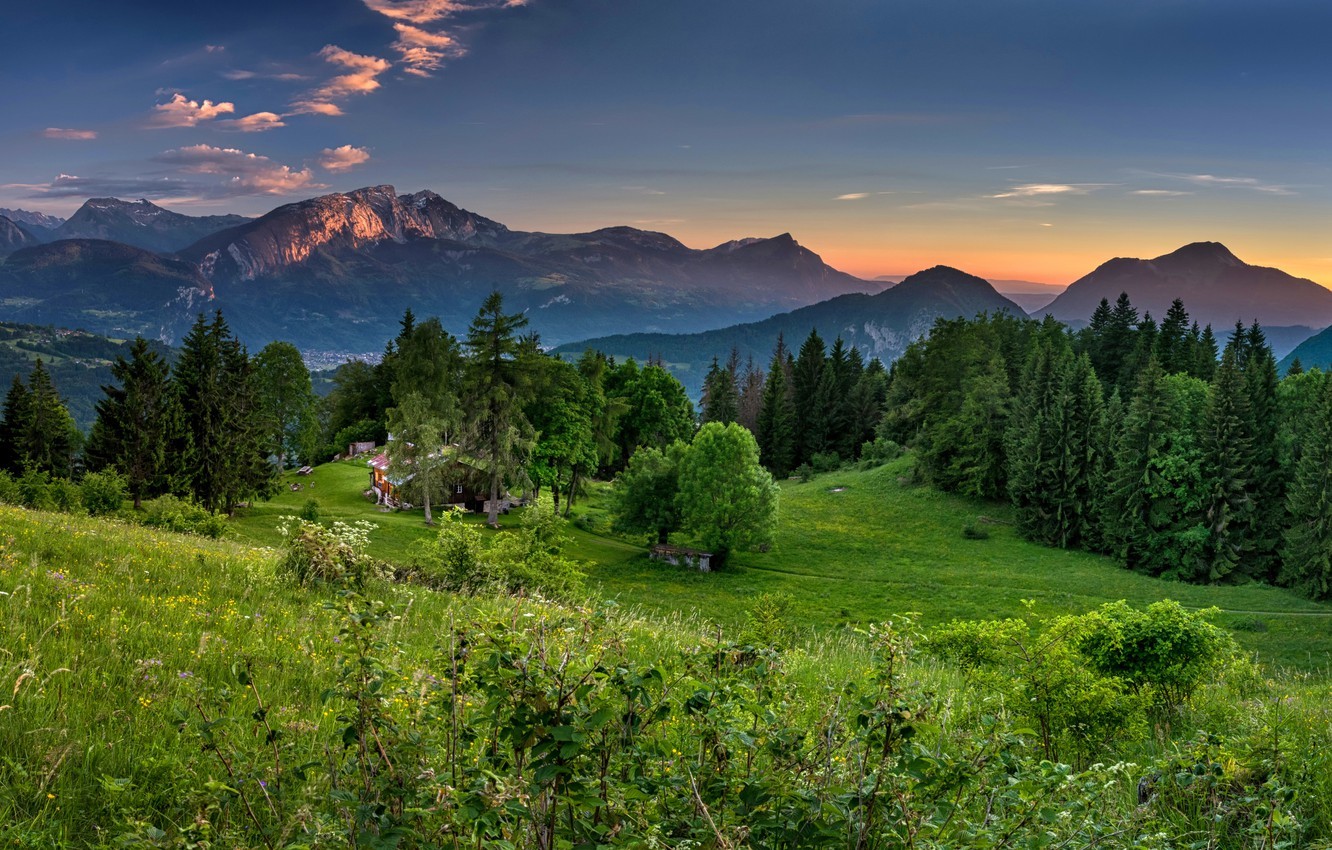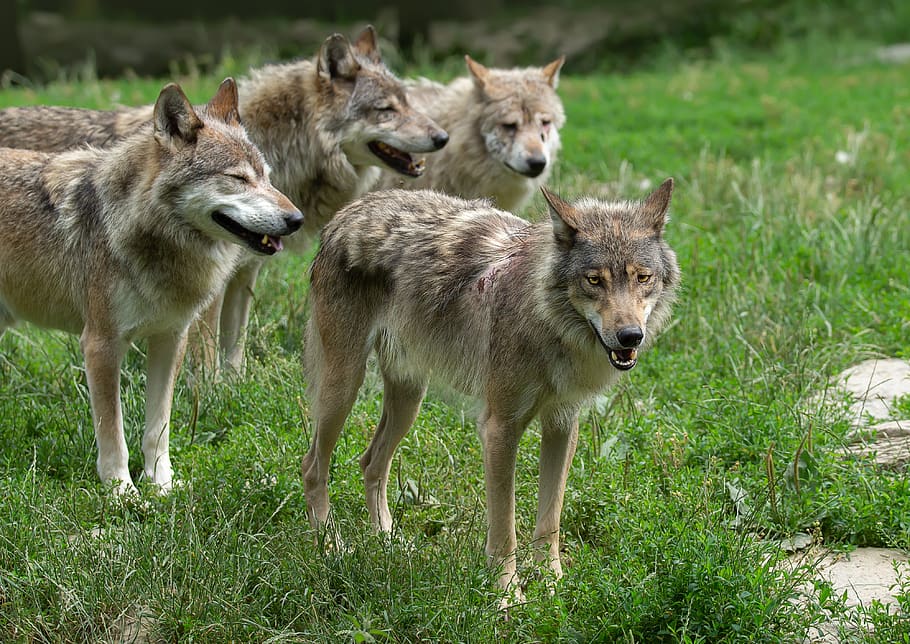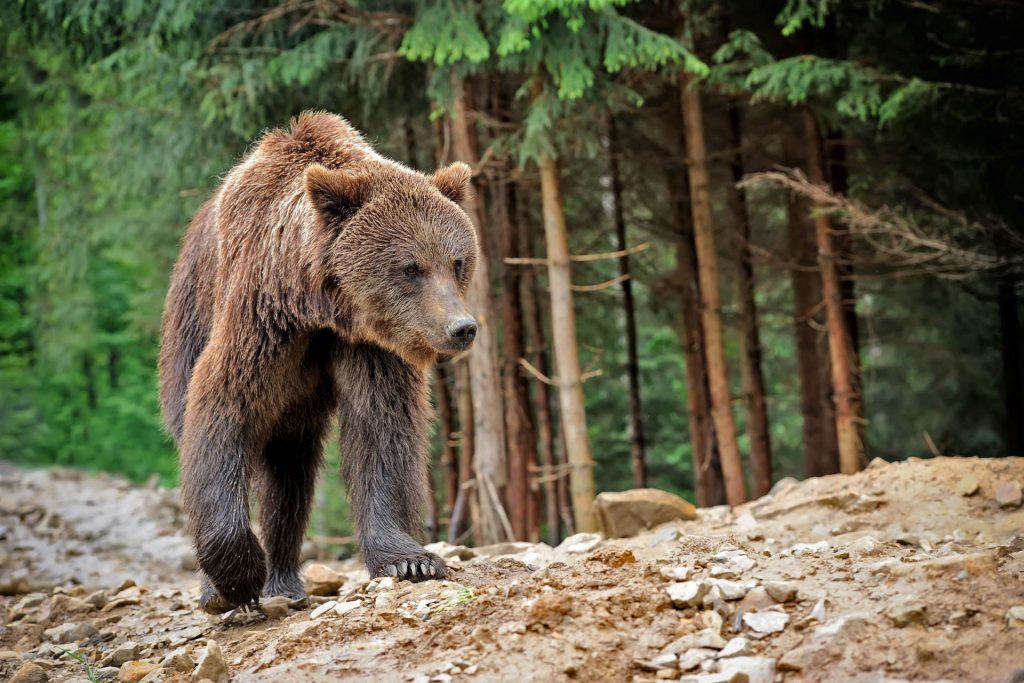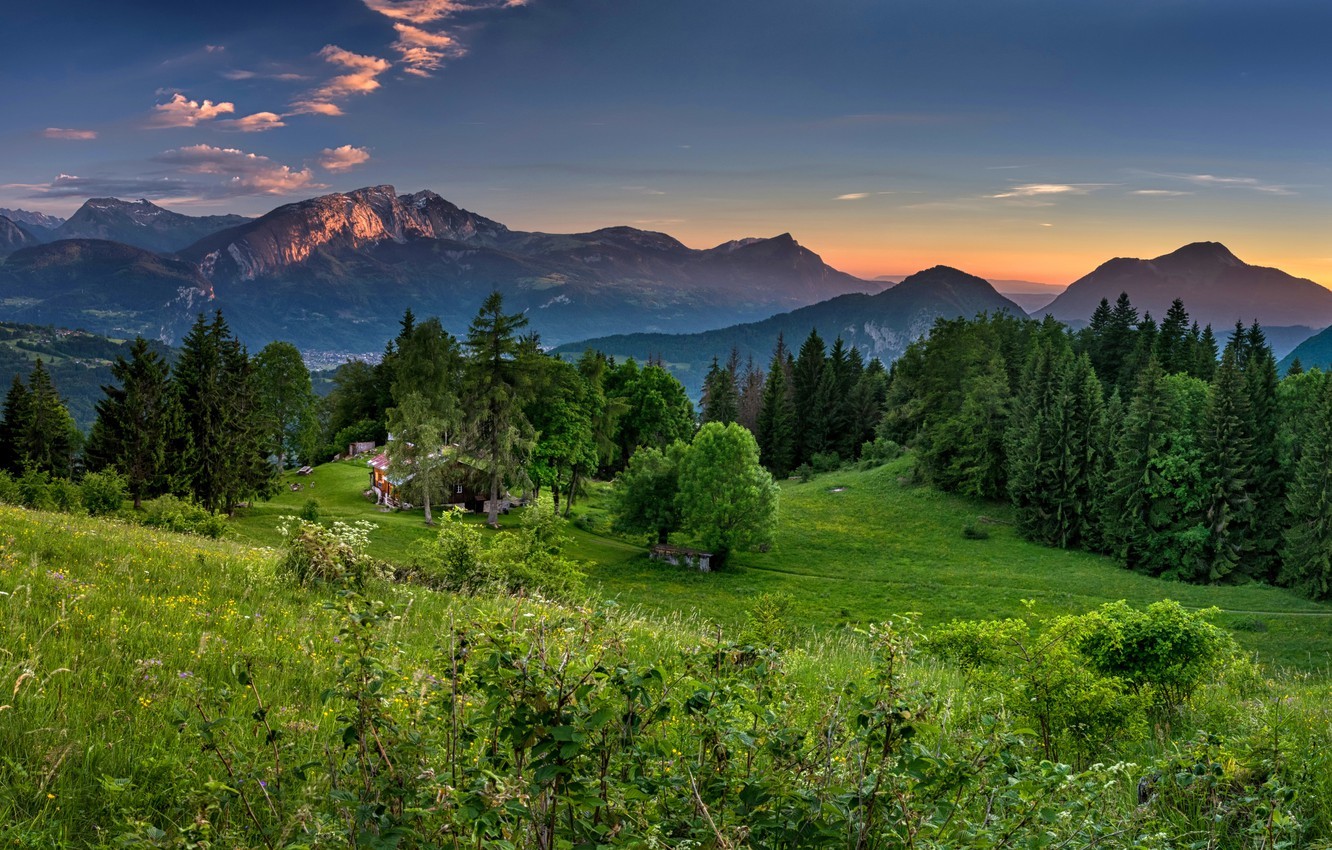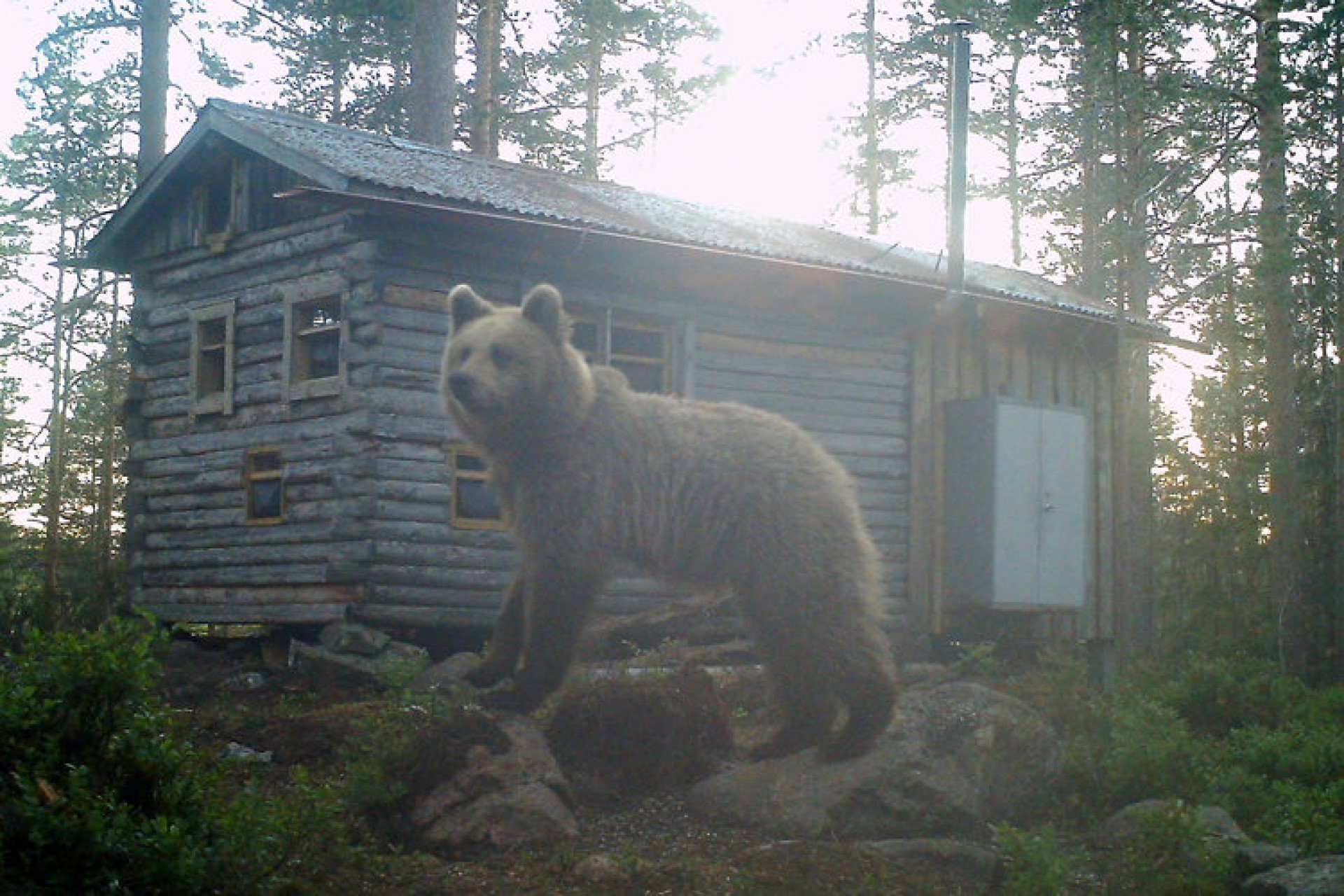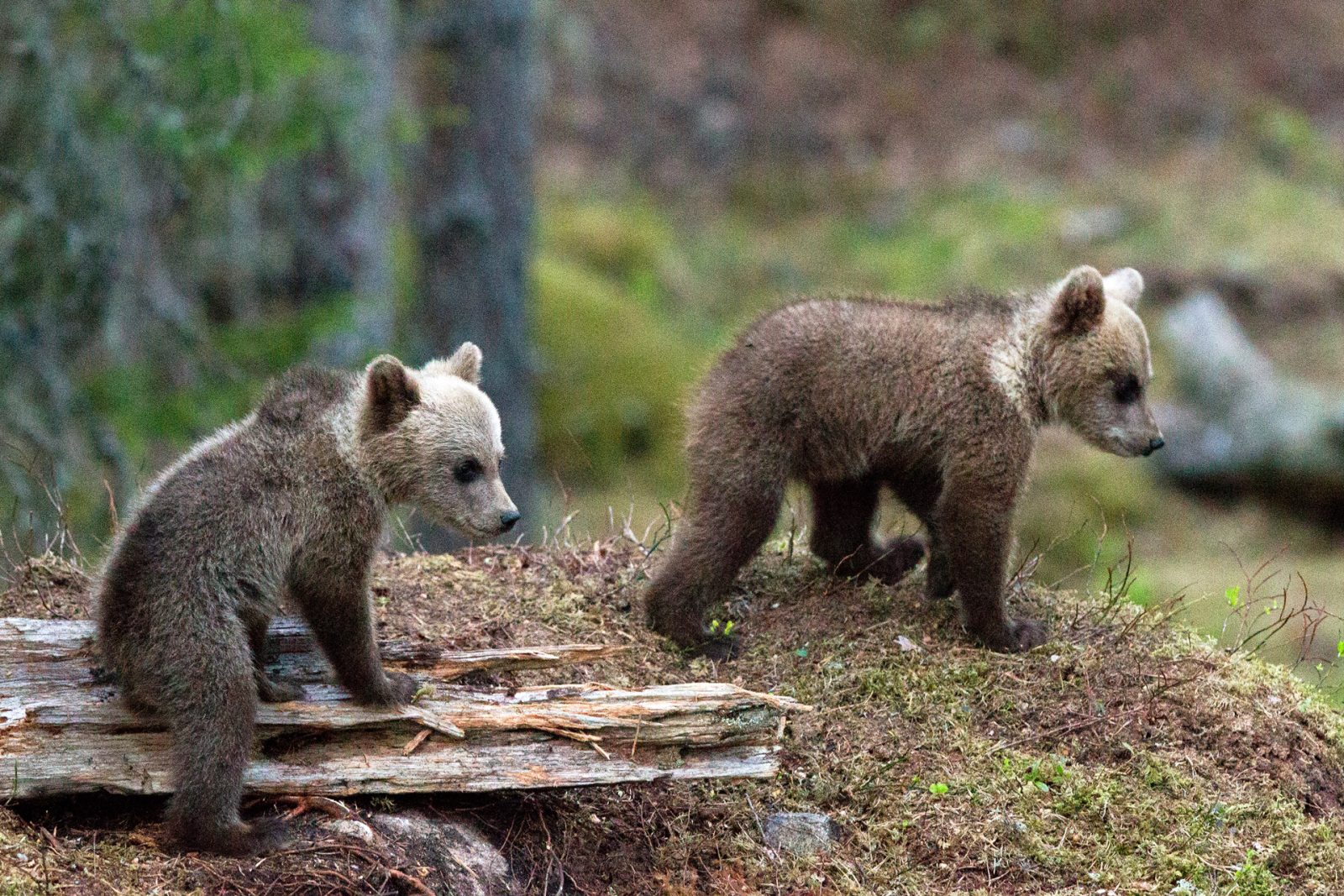At the end of last year, the people of Colorado have voted to reintroduce wolves to the state by 2023. It should be noted that a wolf has been collared in the state in the last few months. It came from a neighbouring state, and therefore clearly wolves would return on their own eventually.
The proposal squeaked across the line with 50.4% of the vote. Now, this decision is complicated by Trumps foolish move to delist wolves throughout the USA, despite their current position. Estimates of the number of wolves in the USA when settlers arrived, range from 250,000 up to 2 million. Even if we assume the low end of the range, the current wolf population of the lower 48 states in the USA is just 6000, a number that we can safely say is at the most, roughly 2% of historical numbers.
Continue reading “The Colorado population has voted to reintroduce wolves, and how does this square with Trumps delisting of wolves in the USA”



